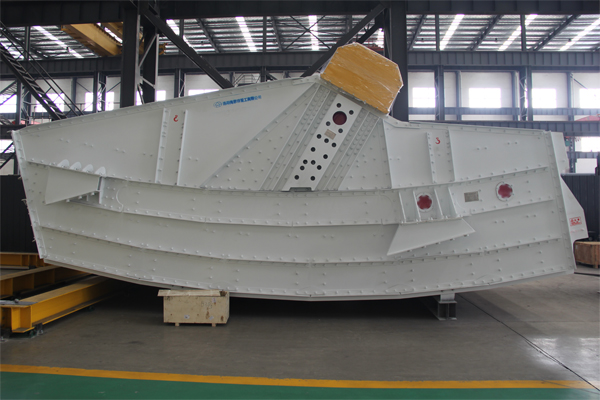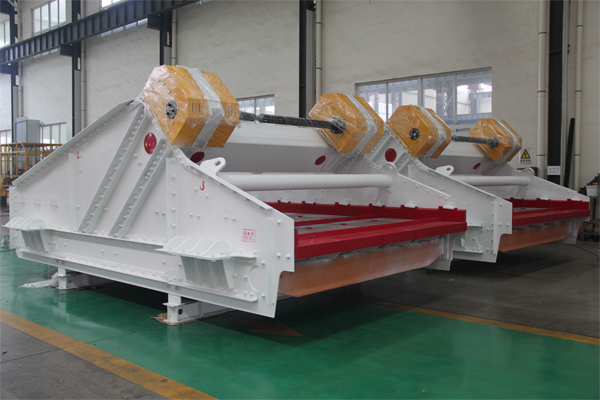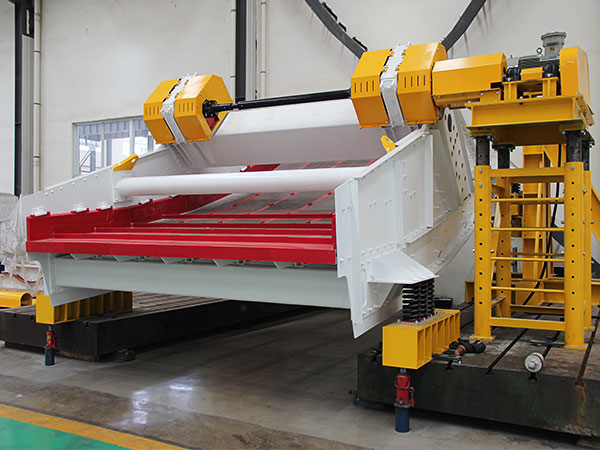What are the daily maintenance tips for linear vibrating screen
Daily maintenance is crucial for the longevity and optimal performance of a linear vibrating screen. Neglecting these simple checks can lead to premature wear, inefficient screening, and costly downtime.
Linear Vibrating Screen Maintenance Tips

Here are some daily maintenance tips for your linear vibrating screen to ensure optimal performance and longevity:
1. Regular Visual Inspection:
Check for loose components: Vibrations can cause bolts, nuts, clamps, and other fasteners to loosen. Inspect and tighten them regularly. Pay close attention to the screen panels, motor mounts, and exciter connections.
Inspect the screen surface: Look for any signs of damage such as tears, holes, excessive wear, or blockages in the screen mesh or panels. Remove any debris or buildup.
Check the springs or rubber mounts: Ensure they are in good condition and not damaged or excessively compressed. Uneven compression can lead to instability.
Inspect the vibrating motor(s): Listen for unusual noises, check for excessive heat, and ensure the motor is securely mounted.
Check the V-belts (if applicable): Ensure they are properly tensioned, not worn or cracked, and aligned correctly.
Inspect the feed and discharge areas: Ensure they are clear of obstructions and that material flows freely.
Check for leaks: If your screen has a lubrication system, check for any oil or grease leaks.
2. Cleaning:
Clean the screen surface: Regularly remove accumulated material, dust, and debris from the screen surface using a brush or air blower. This prevents blockages and maintains screening efficiency.
Avoid using water or steam directly on electrical components or bearings.
Clean around the machine: Keep the area around the vibrating screen clean to prevent material buildup that could interfere with its operation or maintenance.

3. Lubrication:
Lubricate bearings: Follow the manufacturer’s recommendations for the type and frequency of lubrication for the vibrating motor and exciter bearings. Ensure proper greasing to minimize friction and prevent premature wear. Grease should typically be applied when the bearings are cool, often at the start of the workday.
Check grease lines: If your screen has a central lubrication system, inspect the grease lines for blockages or leaks.
4. Monitor Performance:
Listen for unusual noises: Pay attention to any grinding, knocking, or other abnormal sounds that could indicate a problem.
Check for excessive vibration: While vibration is normal, excessive or uneven vibration could signal loose components, unbalanced load, or other issues.
Monitor screening efficiency: Observe if the separation quality is declining, which could indicate screen damage, blockages, or incorrect settings.
Check bearing temperature: Use an infrared thermometer to periodically check the temperature of the bearings. Overheating can indicate insufficient lubrication or bearing failure.

5. Check Screen Tension:
Ensure proper tension: The screen mesh or panels should be properly tensioned according to the manufacturer’s specifications. Loose screens can reduce efficiency and lifespan. Adjust the tension evenly on both sides if necessary.
By incorporating these daily maintenance checks into your routine, you can significantly reduce downtime, extend the life of your linear vibrating screen, and maintain optimal screening performance. Always refer to your equipment’s manual for specific maintenance instructions and schedules.


